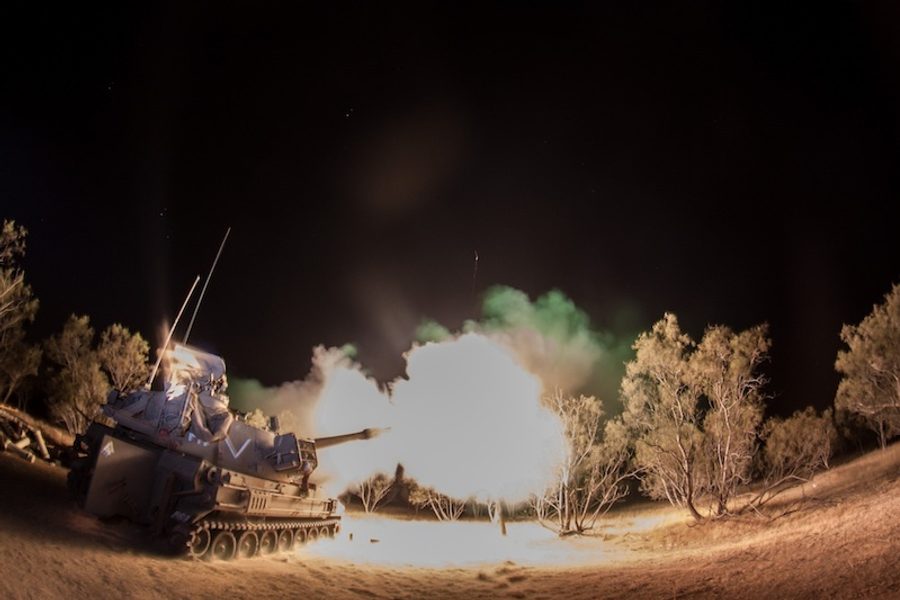Netanyahu’s Gaza Game Plan
Armed conflict will only lead to mounting numbers of dead on both sides.
Marilyn Katz

Unlike the finite death toll in the Malaysian jet downing, the numbers of dead in Gaza and Israel keep changing and mounting. As of today, the count is as follows: In Israel, 29 deaths, among them two civilians. In Gaza, nearly 700 killed, including 500 civilians and 100 children; 4,120 have been wounded. An additional 50,000 Gazans left have been homeless as a result of nearly two weeks of aerial bombings and an accompanying ground invasion.
How do we understand what seems like a futile and deadly conflict for all involved? What are the antecedents? What is the lens through which the combatants see it? And perhaps, most important what is to be done?
The Israeli perspective
To Israel, the bombardments and invasion are necessary to end attacks by Hamas militants, who on July 8 began lobbing hundreds of crudely made rockets into Israel. That hundreds of women and children have died, the Israeli government says, is the fault of Hamas as well, for integrating their leadership and weapons within the civilian population.
Israel argues there was no justification for Hamas’ resumption of rockets — that no nation would allow itself to be attacked — even if their attacks proved fruitless in the face of the Iron Dome and other protections put in place by a nation with the world’s fourth largest military system, complete with nuclear weapons. Israel says that their arrest of six men on suspicion of murder of the young Palestinian from East Jerusalem who was burned alive is proof of their commitment to fairness and justice.
The Palestinian perspective
Palestinians assert that the Hamas actions were self-defense of their leadership and people. They point out that Israel, in the wake of the kidnapping and murder of the three yeshiva (Jewish religious schools) students, rained terror on the West Bank.
Palestinians point out that the arrests of the Israeli murder suspects simply shines a greater light on the disparity of Israeli justice. The six men were arrested, represented by counsel, put in jail and will stand trial under Israeli law. Virtually all Palestinians were considered suspects in the murder-kidnapping of the three Israeli boys and the niceties of lawyers and trials were dispensed with as the IDF broke into and destroyed homes, arrested hundreds and made stone throwing a crime punishable by death — despite the fact that there was no evidence linking the killings to any person or group.
Palestinians cite that between June 20 and July 8 Israel raided 3,000 homes in the middle of the night, arresting more than 800, and demolished 150 dwellings. They decry that during those weeks the Israeli Defense Force (IDF) killed at least 16 Palestinians, including 4 children, who received capital punishment without trial for the crime of throwing stones. They say that such acts would have been universally condemned if committed by any other nation,
They ask: How many Palestinian lives are equal to that of one Israeli?
Historical justifications
Making matters more complex each party in the conflict looks to its own historical narrative for explanation — if not justification.
While progressive Jews in Israel have rallied against the racist propaganda, bombings and this latest invasion, many mainstream Israelis see the killings of the students as harbingers of an Arab rebellion they have tried to quell since the 1920s, when Palestine first demanded the nationhood they had been promised by the British in exchange for helping defeat the Turkish/German axis.
For Palestinians the latest Israeli attacks, from the nightly raids in the West Bank to the non-stop bombardment of the neighborhoods in Gaza rekindles memories of the terror visited upon Arab villages by the Irgun and the later massacres at Lydda and Dar Yesein carried out by the nascent Israeli army that prompted the exodus of 700,000 terrified men, women and children from the lands their families had lived on for centuries.
It is as much the narratives of the past as the actions of the present that keep the parties locked in conflict.
A way forward?
Both Palestinians and cynics in Israel (and there are many) believe that the murder of the three young students provided the moment that Netanyahu has been longing for: a chance to provoke the Palestinian population beyond the breaking point, fracture the fragile partnership between Hamas and the PLO (a partnership that Netanyahu first said was essential to any meaningful negotiations, though the administration later said the coalition was the reason it would not negotiate). A large-scale crisis could, in theory, force the exodus of thousands more Palestinians — out of fear or despair — from both Gaza and the West Bank. This change in demographics has been, as center-right leaders now admit or proclaim, Israel’s goal from the beginning.
Yet there are those that continue to believe that the better heads of Israel’s political and civic structure will or can prevail.
They argue that while Israelis may defend their policy and compare their acts to those of the American colonists or the Spanish Conquistadors, that unlike those colonizers (or occupiers), Israel is not insulated from consequences by two oceans, but rather is surrounded by Arab nations, all in flux themselves.
They say that although the Israelis have been taught to fear, if not despise, Palestinians and Hamas in particular, they know that despite the rhetoric today’s demons can become tomorrow’s allies. The best of them remember that change between warring factions is possible. They remind us that Yitzak Rabin, David ben Gurion and many others were described by the New York Times and hunted by the British as terrorists and murderers for their assassinations of British officers and civilians, their bombing of the King David Hotel, and their bombings of markets and cinemas. Once Israel secured victory, however, these men became Israel’s leading diplomats received by every government in the world.
The best also understand that bombs alone will not stop Palestinian resistance. Children and grandchildren of the Warsaw Ghetto, of the French resistance, schooled on the myth of Masada, where it is said that a band of Jews held off a Roman army for months then killed their wives, children and themselves rather than surrender, know that all people — not only Jews — are willing to risk death to fight against oppression, dispossession and injustice no matter how great the opposing force.
They know armed conflict as well as the narratives of the past — are not paths forward, but lead only to dead ends.
The most educated and thoughtful among them understand that Palestine will not stop fighting until, like Israelis, they have a sovereign state of their own, complete with defensible borders, control of resources and political recognition. They know that Israel, on the other hand, cannot achieve its democratic promise nor have real security while it occupies the land of another in ways that brutalize both the occupier and the occupied.
In my visits to Israel I’ve met with and been at demonstrations with the thousands of both Palestinian and Israeli activists who know that Israel is at a turning point, that it faces a clear choice. They assert that it is exactly with one’s enemies that one negotiates to find peace.
Americans — Jewish or not and whether we wish to or not — have the opportunity and the responsibility to ensure that Israel makes the right choice. The United States is not a bystander. The demonstration of “shock and awe” that Gazans are experiencing is paid for by America, which since 1948 has provided Israel with more than $122 billion in funding, mostly as military assistance. In FY2014 alone, the Obama administration will allot $3.1 billion in military aid to Israel.
For us, as for the people of Israel, the choice is as simple as it is complex: End the occupation or endure endless war.








